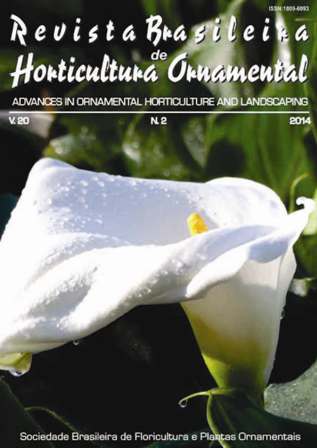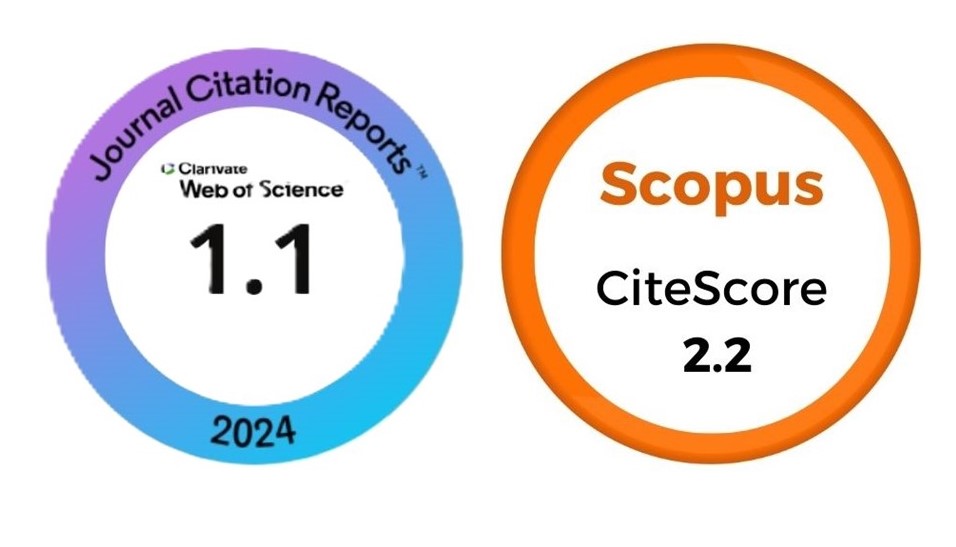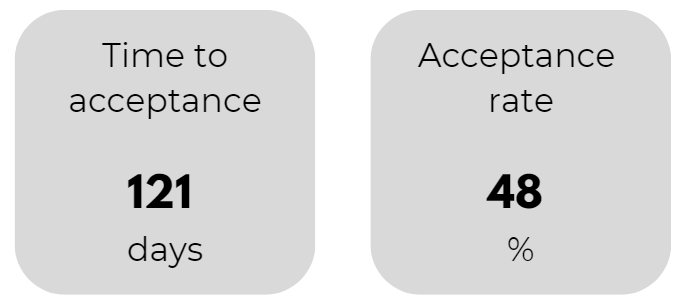Production of cultivars of Anthurium andraeanum in Acorizal-MT conditions
DOI:
https://doi.org/10.14295/rbho.v20i2.615Keywords:
tropical flower, productive potential, floral stem.Abstract
The tropic flowers cultivation constitutes a niche market to be explored in the Mato Grosso state. The aim of this this work was evaluate the production of seven cultivars of anthurium in the conditions of Acorizal-MT. The experiment was conducted with micropropagated and acclimated seedlings of the cultivars Brasão, Bruma, Eidibel, Juréia, Poiares, Sonata e Supremo acquired from a reputable company associated with Campinas Agronomic Institute, with about 0,1 m of height. The substrate was prepared with sugarcane bagasse, rice straw, black soil and cattle manure in the ratio of 2:2:1:1. The seedlings were planted in January 2011, in four beds with five repetitions of four plants, totaling 80 plants of each cultivar, with 0,3 x 0,3 m spacing. The beds were prepared on a place under black mesh with 80% shade. The irrigation system used was inverted microaspersion, to keep the environment always
humid. The evaluations were performed from the beginning of flowering, from October 2011 until January 2013. Inflorescences were harvested when the spadix presented half to three quarters of the real flowers opened. Were evaluated the number and characteristics (length and width of the spathe and length of the spadix) of the flower stalks. Every two months there was a replacement in the bed’s
cover with sugarcane bagasse. The cultivars Eidibel and Supremo were the most productive with 2,4 stalks/month/plant; the bigger spathe was obtained by the cultivar Brasão with 17,2 cm of width and 12,6 cm length; and the cultivar Sonata presents the bigger spadix with 7,6 cm. The seven cultivars of anthurium, as a cut flower, develop and bloom satisfactorily.








